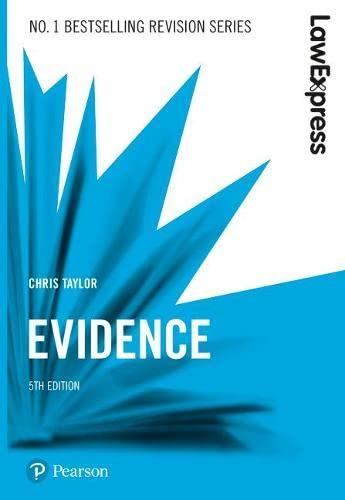Question 1 SGBot is a Singapore cybernetics R&D company and a pioneer in the field of soft robotics. For its latest invention, their R&D team has taken inspiration from the octopus - how it behaves and moves - and creeping vines - how they grow and lengthen. The robot mimics the shape of an octopus: a "head" with a 4K/12-megapixel camera and unique 360-degree electro-optic sensors that act as "eyes", and eight (8) independent "tentacle" arms that are soft and spongy. The inimitable aspect of these soft robot arms is that they are extensible like creepers and vines, in that they can quickly lengthen, adapt to their surroundings, and grow in and around obstacles. Current state-of-the-art soft robot arms only have limited extension. For these reasons, this is an innovation like no other in the field, given that there are no rigid components. The robot is powered by chemical reaction that is controlled by a microfluidic microprocessor, which allows it to independently steer through its surroundings at a speed of up to 35km/hour. The soft robot's arms are pressurised internally such that it imitates an octopus' movements, providing it the ability to fit through narrow and confined spaces. This internal pressure also allows the soft robot to lift and push objects as its arms expand or contract. This invention could fundamentally change the way in which many areas of technology are implemented, most immediately with applications in aquatic, industrial, and medical robot technology. As for the R&D team, it comprises SGBot employees, graduate research students from SUSS, as well as independent consultants. You are the IP consultant for SGBot and have been tasked to bring the R&D team and management through the process of reviewing the key IP elements in this product. They wish to have a basis upon which to deal with these IP elements with a view to their protection. (a) State what is patent is and describe the criteria for patentability. Based on the information provided above, analyse if the invention satisfies all the criteria. (15 marks) (b) You are aware that graduate research students and independent consultants collaborated with the R&D team to create the invention. Assess this situation and explain how SGBot can own the full IP rights to any patent relating to the invention. (5 marks) (c) The R&D team developed a new chemical compound to protect the robot's covering material so as to extend its lifetime. Examine and identify an alternative to patenting this compound that SGBot might wish to consider and the advantages of doing so







